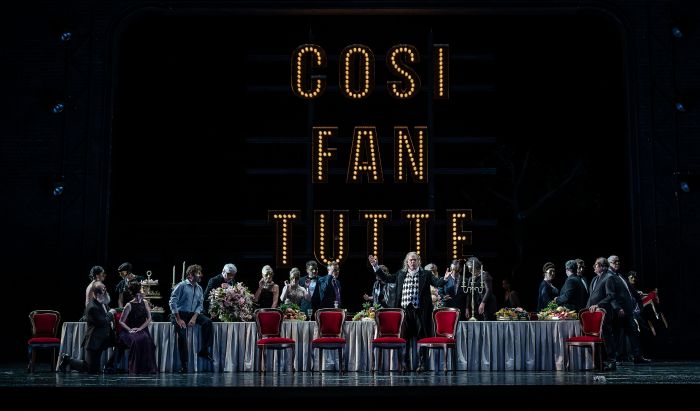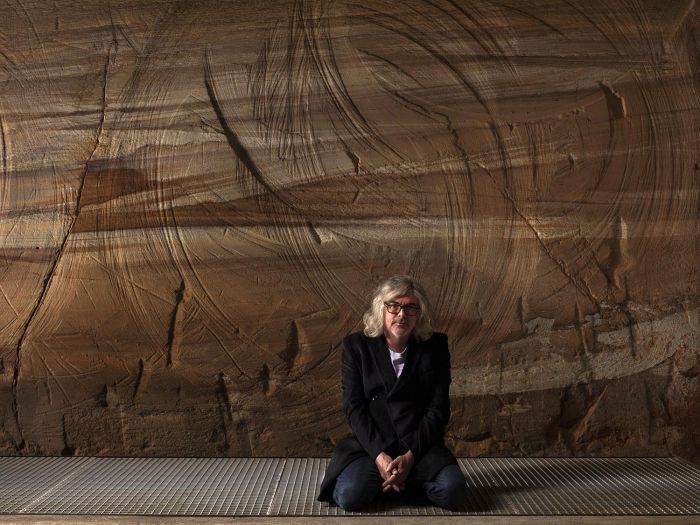
Before the prognosticators can truly claim that the art market is in a VERY healthy cycle, we need to see strong buying at all levels and in all segments of the art market. What we have today, at least in the public arena, are trophy hunters who make headlines by paying extremely high prices for what they perceive are rare, once in a lifetime, works of art (and it is funny that after some amazing price is achieved for an artist, more rare, never to be seen again, works appear). In addition, it is often these few works that make the difference between a great sale, a good sale and a disaster — as I have always said: what a difference a painting or two can make.
I am still going to stress this point: the auction rooms need to hold back on the number of sales they produce; in other words, do not flood the market with more works than it can comfortably absorb. They must create fewer, stronger and more important sales that will produce really impressive results with better sell-through rates; and once the world economy has recovered and strong buying is seen in all levels of the market, then look to expand the number of sales.
Howard L. Rehs
Rehs Galleries, Inc.
www.rehs.com
JustLuxe Contributor














